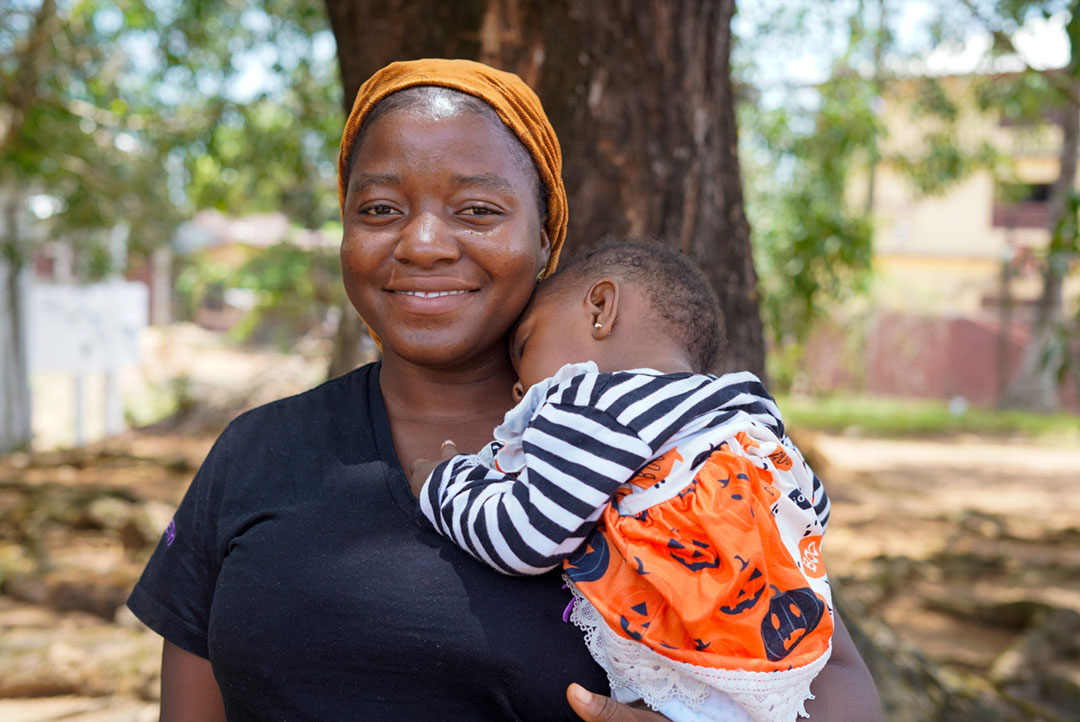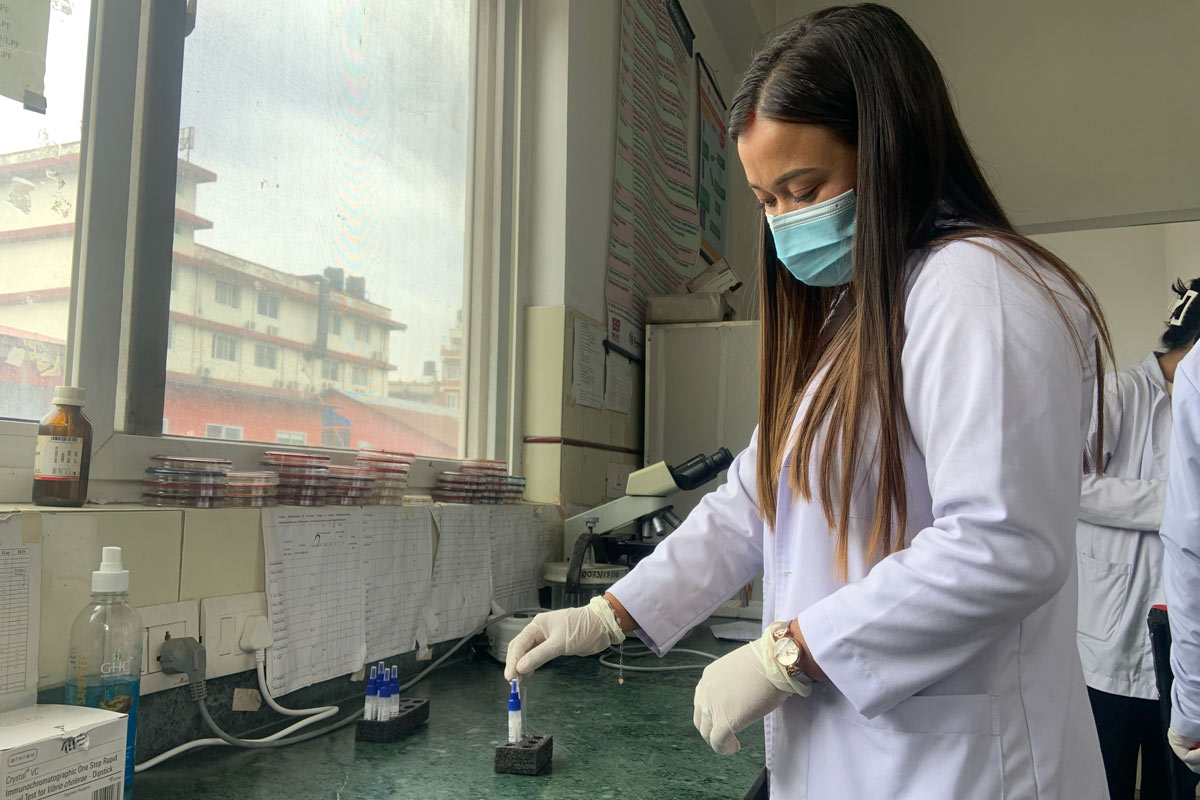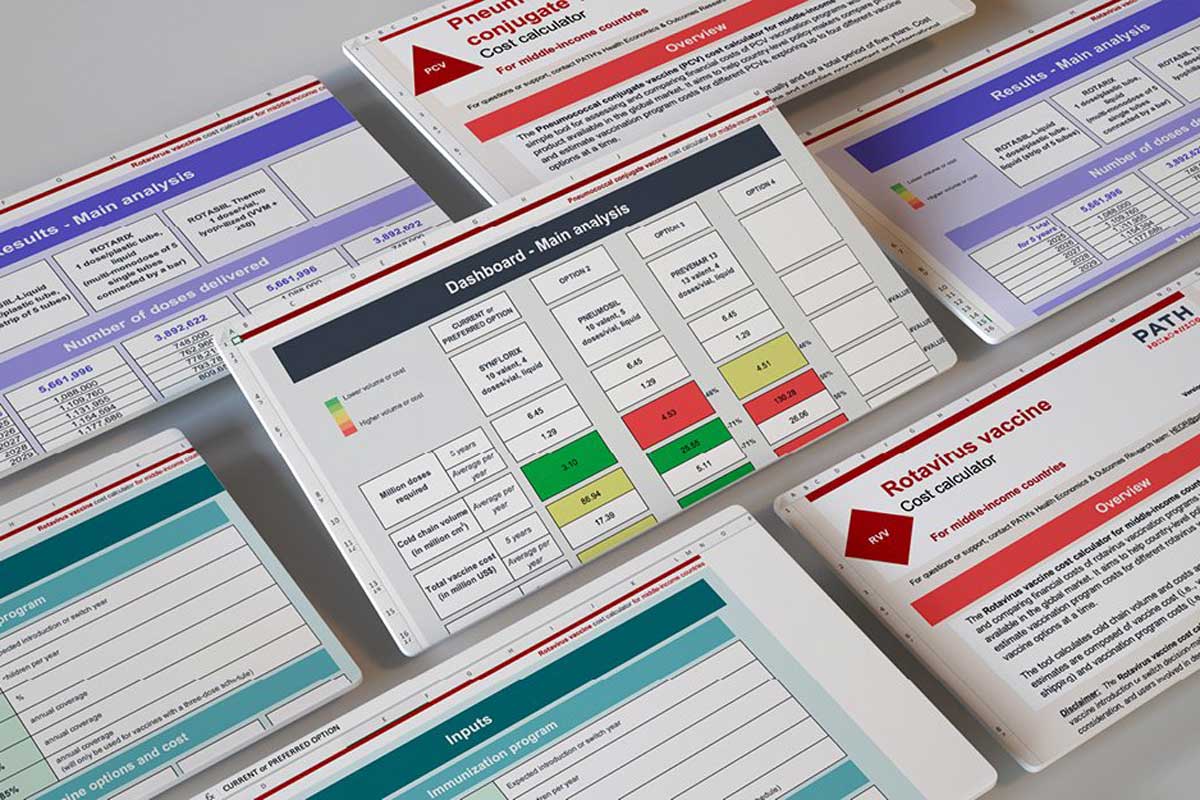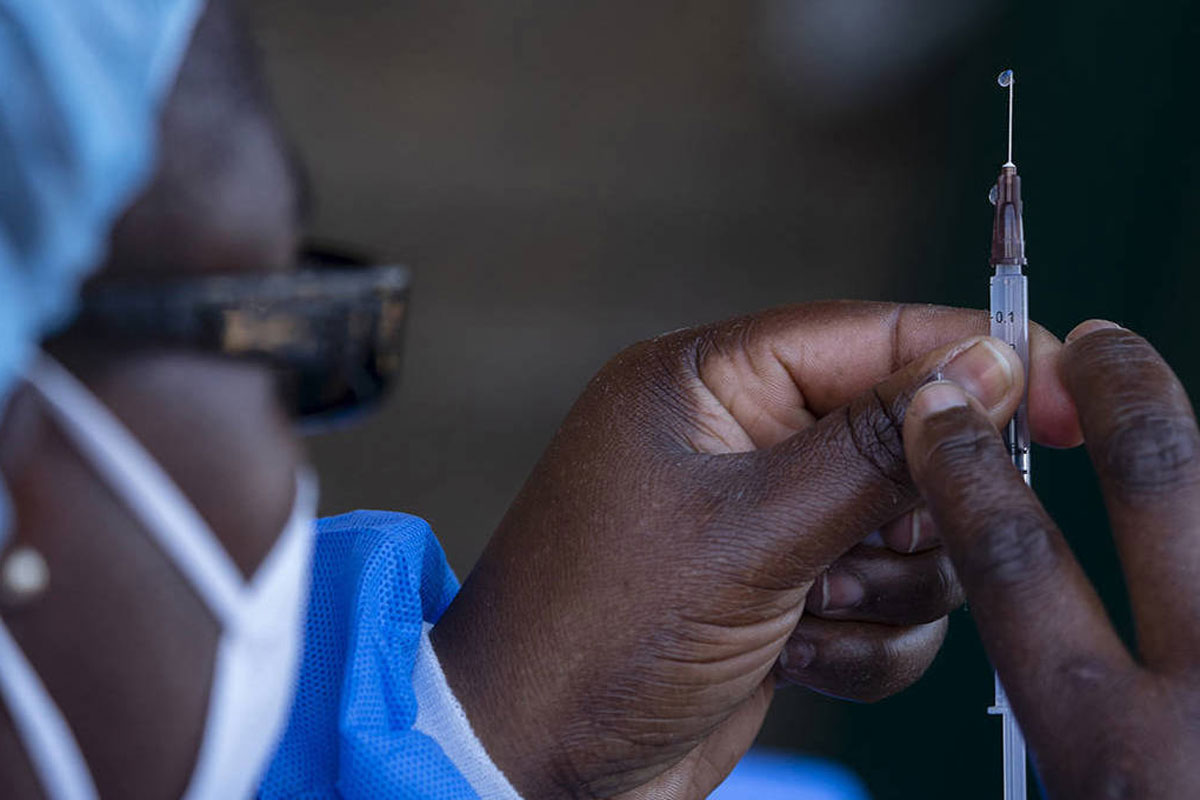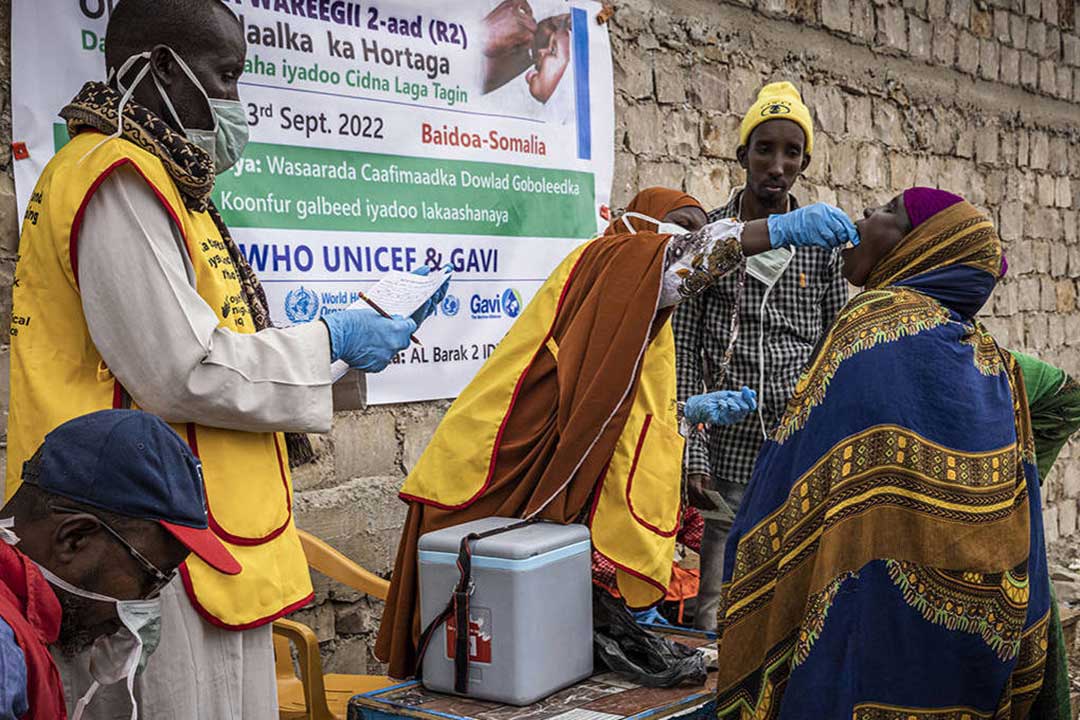Unlocking Girls’ Potential Through Technology
The pandemic has exacerbated pre-existing inequalities, not least those disadvantaging women and girls in low- and middle-income countries. Fortunately, with today’s digital technologies, those providing health information and services for girls can reach them directly and privately like never before.
- 5 July 2021
- 5 min read
- by Project Syndicate
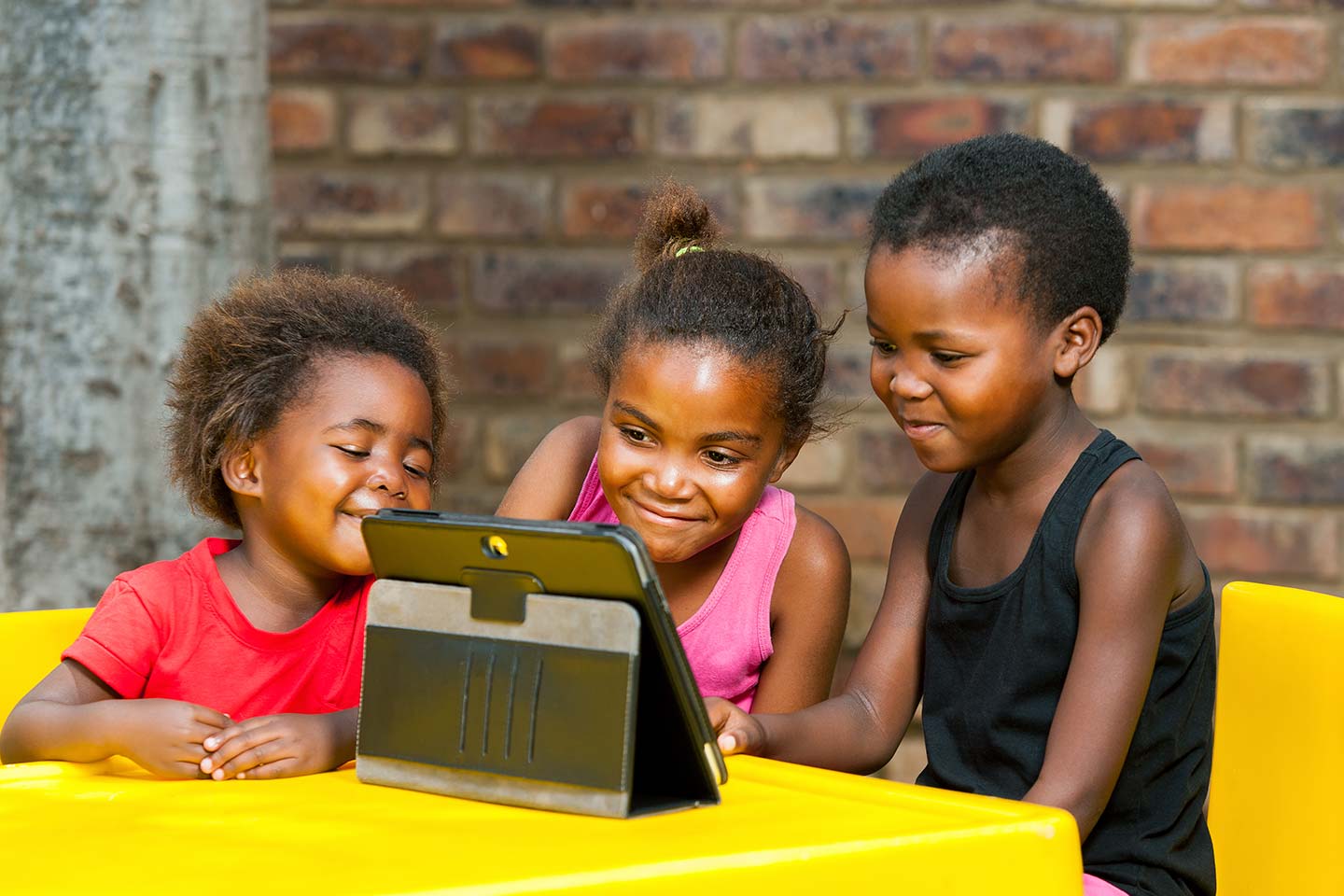
NAIROBI – When COVID-19 first appeared, some called it the “great equalizer,” because viruses do not discriminate according to socioeconomic factors. But we now know that the pandemic has reinforced and amplified pre-existing inequalities, particularly those that disadvantage women and girls. Lockdowns and other restrictions have placed girls at a heightened risk of violence, and have further deprived them of access to education, mobility, health care, and sexual and reproductive health services.
These problems will persist for years after the pandemic has ended. The Malala Fund estimates that some 20 million girls may never return to the classroom. Many will enter marriages at a younger age than they otherwise would have, with lifelong implications for their independence, opportunities, and earning potential. Moreover, the UN Population Fund finds that nearly 12 million women and girls in low- and middle-income countries have lost access to contraceptives over the past year, leading to 1.4 million additional unintended pregnancies.
Women and girls were at a disadvantage before the pandemic, but now they must fight harder than ever for their futures. Yet despite billions of dollars invested over the past decade in education, sexual health clinics, and other resources for girls, these services are consistently underused, even when they are free. Girls still face steep external barriers to access in the form of gender norms and misinformation, as well as low self-confidence, which stops many from taking action to improve their lives.
We must not let the pandemic turn back the clock on gender equality. Although there are 17 Sustainable Development Goals, progress on the one relating to gender (SDG 5) will unlock ten other goals that are essential to the recovery. We are at a critical moment for empowering women and girls. With the widespread adoption of digital communications technology, we can reach girls online where they are spending increasing amounts of time. The girls we work with tell us that mobile phones have become a lifeline for information, human connection, and support when under stay-at-home orders.
Have you read?
This uptake of technology is not without limitations. In many countries across the Global South, technology carries a sexist stigma (“only bad girls use mobile phones”). Nonetheless, girls have found ways to get online, such as by borrowing phones from friends or secretly acquiring devices of their own.
Today’s technologies allow Girl Effect to talk to girls individually about their aspirations and the obstacles they face. Mobile devices open up channels for girls to get answers they can’t get elsewhere about safe sex, relationships, health care, and nutrition. And they give us direct insights and observations to improve our own outreach. During the pandemic, our Technology Enabled Girl Ambassadors (18-24-year-old women in the countries where we work) have used mobile phones to provide us with essential, in-depth insights about girls’ lived experiences and how they might be improved.
Since 2018, Girl Effect has worked with the Vodafone Foundation to connect with more than ten million girls in seven countries. When we can reach girls directly, we can help them overcome both the external and internal barriers to access the services at their disposal. Through girl-centered content on YouTube, Instagram, WhatsApp, and SMS, we can help them understand these services, while also motivating them to take action on their own behalf.
Girls in low- and middle-income countries are often discouraged by stigma and privacy concerns from accessing sexual and reproductive health services. But in South Africa, we have developed an AI-powered chatbot, Big Sis, to answer girls’ questions about sex and relationships instantly and privately. With more than one million messages sent so far, we are building trust and directing girls to Marie Stopes South Africa’s clinics when needed.
Big Sis shows how just a single innovation on an existing technology platform can improve digital education and broaden access to physical services at the same time. And once the infrastructure for such technologies is in place, they can be scaled up substantially by introducing new languages.
Similarly, in India, we have used social media to tackle vaccine hesitancy among young mothers. Our Point Toh Hai campaign (in partnership with Gavi, the Vaccine Alliance, and Facebook) features videos of a rap battle between a young mother (Meenal) and her mother-in-law, and of a WhatsApp conversation between Meenal and her friends. Both dramatizations tackle misinformation about vaccines head-on, but in a light-hearted, relatable format. Since launching last year, we have already reached more than seven million young women and mothers in the Hindi belt, delivering essential information about immunization at a crucial time.
The beauty of these programs is that they do not require any shiny new technology to succeed. The point is to innovate with the technologies that girls already have in their hands (and the data package their families can afford).
The pandemic has heightened the urgency of using today’s technologies to reach girls directly. It has shown us that digital tools are the best way to do this effectively and at scale. One of the biggest problems now is that there simply isn’t enough online content designed exclusively with girls in mind, nor are there digital signposts to guide them to available tools and services.
That is why we must invest in and show up on the digital platforms that girls recognize, trust, and actually use. We know that if we reach enough girls at scale, we can encourage them to change their own behaviors and safeguard their own health and well-being whenever possible. And if enough girls start acting on their new sense of empowerment, the rest of society will have no choice but to change how it sees girls generally. The pandemic can be a moment when more girls start unlocking their true potential. It is an opportunity we must not miss.
ORIGINAL ARTICLE
This article was first published by Project Syndicate on 25 June 2021. Copyright: Project Syndicate, 2019. www.project-syndicate.org
More from Project Syndicate
Recommended for you
